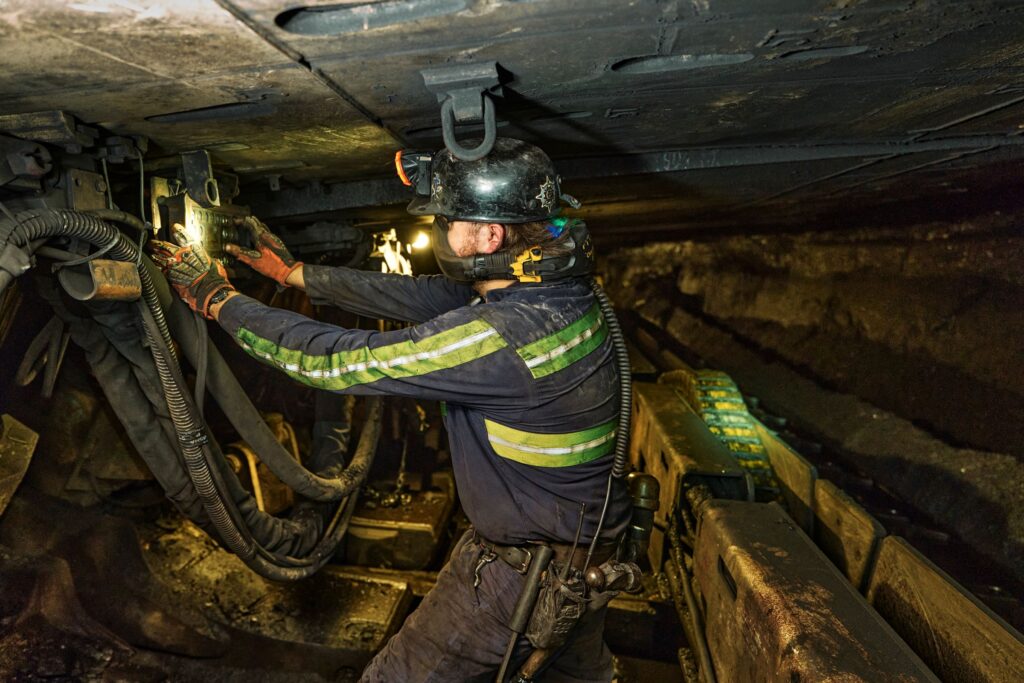Case study
Coronado U.S. silica case study
In 2014, the Mine Safety and Health Administration (MSHA) updated guidelines for respirable dust monitoring, lowering the Permissible Exposure Limit (PEL) from 2.0 µg/m³ to 1.5 µg/m³, increasing sampling frequency, and removing operators’ ability to sample for respirable silica. Under those guidelines, MSHA would continue to monitor silica quarterly at the working face.
In 2023, MSHA issued a new Respirable Crystalline Silica (RCS) Rule, without consulting operators. The Rule was published on June 14, 2024, with compliance required by April 18, 2025. Under these new rules, operators would be required to adopt ISO sampling methods, while MSHA continued using their former method (known as the Mine Resource Equivalent, or MRE). MSHA provided a conversion to compare historical data, which showed minimal exceedances, only 36 of 1000+ samples were above the new PEL.
However, when operators began using ISO sampling in 2024, results were unexpectedly high, many above the new PEL. Coronado, along with others in the region, engaged third-party industrial hygienists and labs, but no clear explanation emerged.
To investigate further, Coronado partnered with the University of Kentucky and Virginia Tech. Their study found that operator samples averaged 2.5 times more silica than MSHA’s results, and statistical relevance was low. MSHA then agreed to conduct further sampling at four underground operations.
The comparative analysis revealed significant discrepancies between MRE and ISO methods. As a result, MSHA delayed the compliance date to August 18, 2025, and enforcement was temporarily stayed by the U.S. 8th Circuit Court of Appeals.
While legal discussions continue, Coronado is proactively conducting additional sampling and providing enhanced respiratory protection for employees, including filtered, powered air-purifying respirators and positive pressure options.

